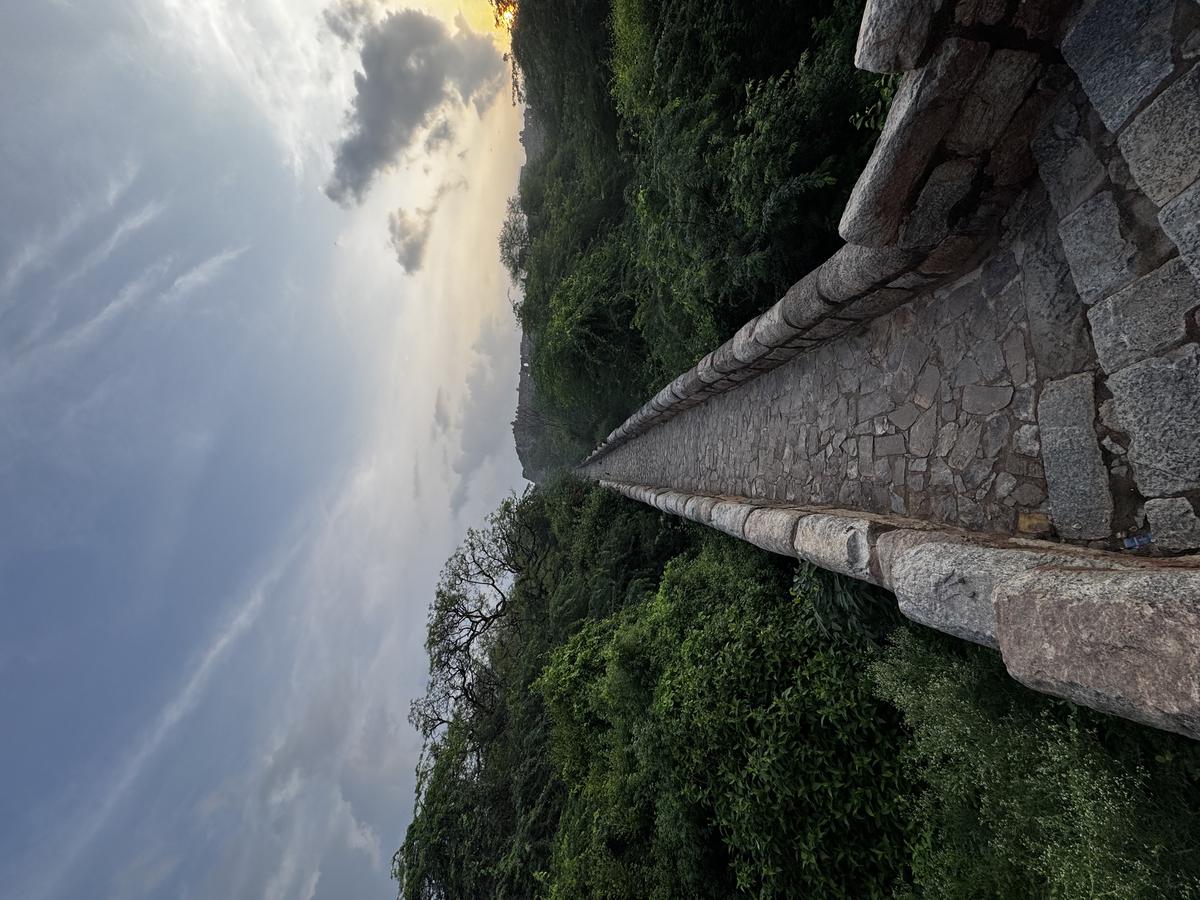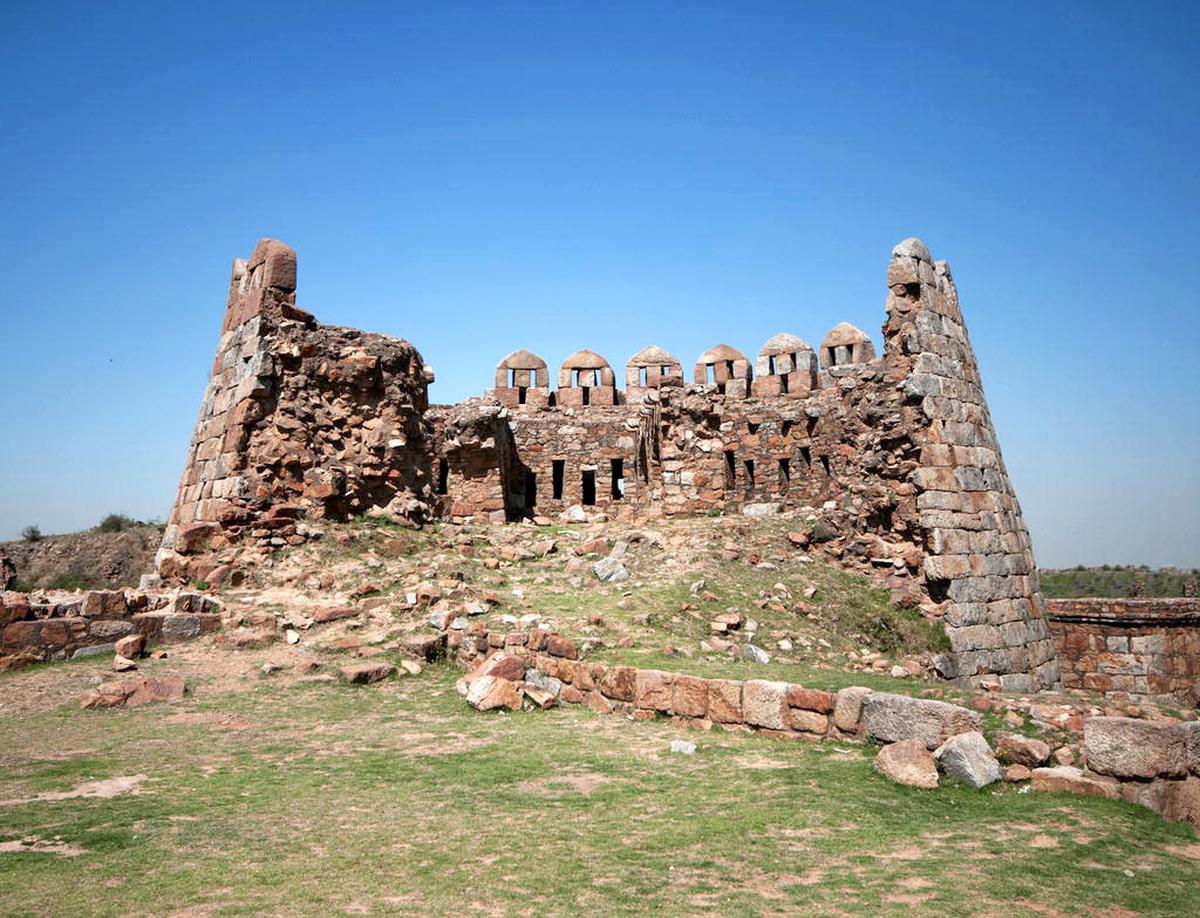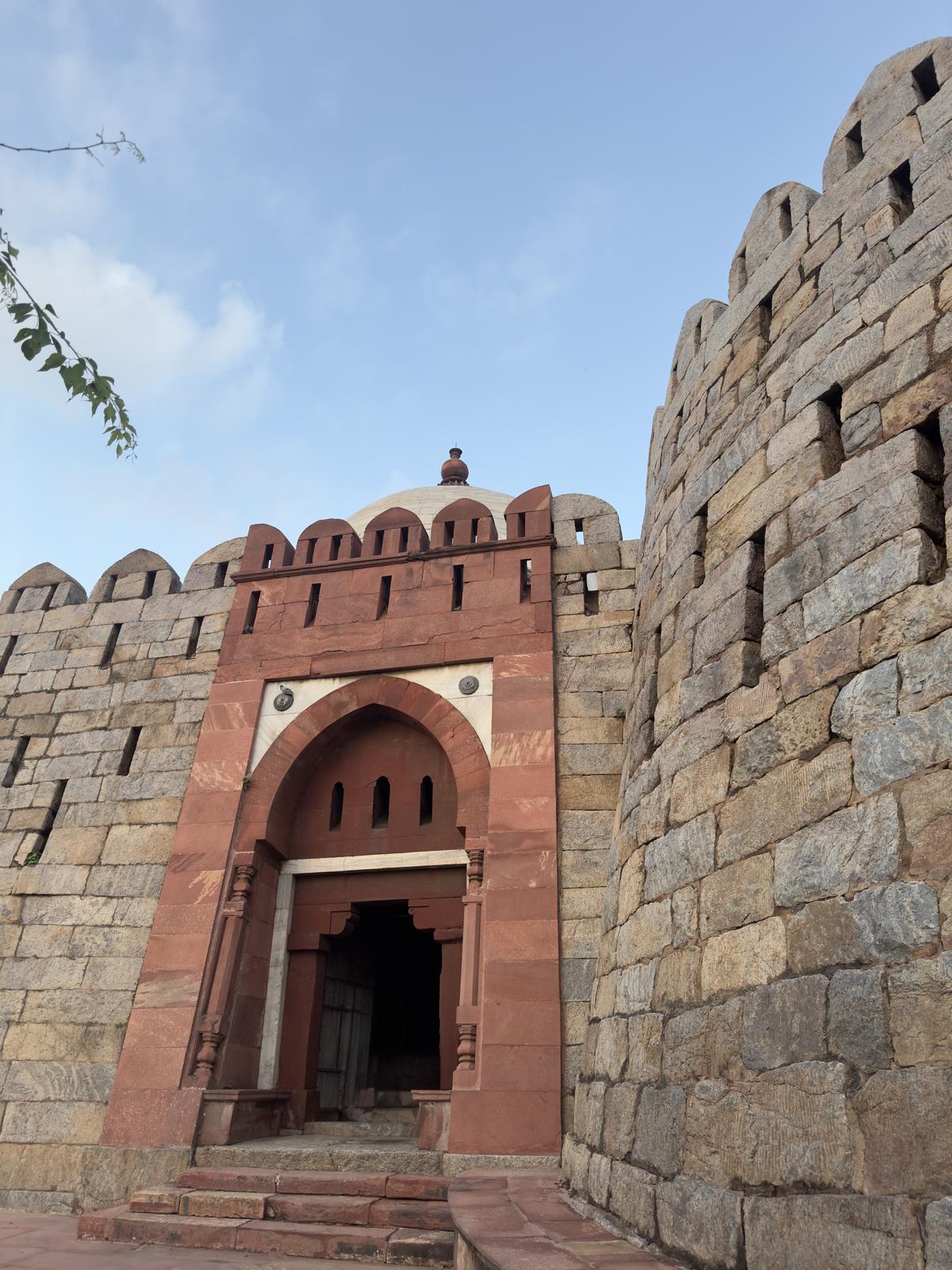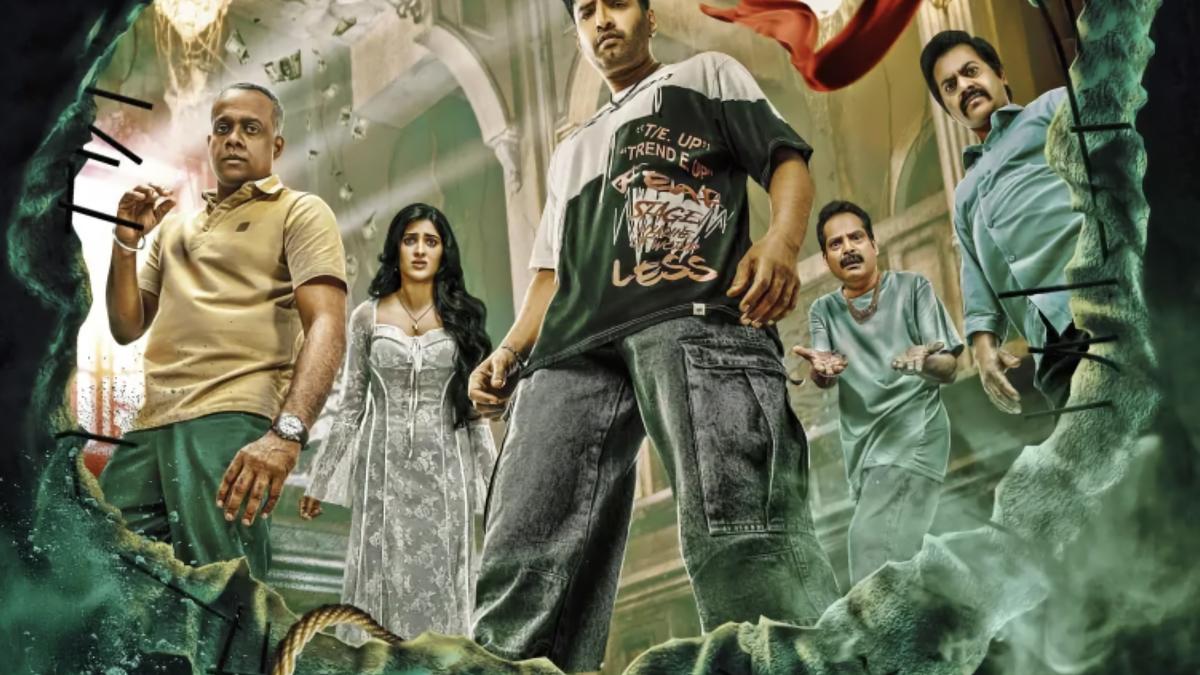“Don’t visit Tughlaqabad Fort, it is cursed”: That’s the caution that has long surrounded the 700-year-old fort constructed by Ghiyasudding Tughluq, founder of Tughlaq dynasty. Nestled in the rocky terrain of the Aravali Hills, this vast fortress has become less a monument and more a relic wrapped in rumours of unexplained misfortunes passed down generations in hushed tones.
While sites like Qutub Minar, Red Fort, and Humayun’s Tomb enjoy spotlight and footfall, Tughlaqabad fort looks like a ghost town; under-visited, under-appreciated, and overwhelmingly misunderstood by a generation more familiar with Instagrammable tombs than silent ramparts.

A beautiful pathway inside the Tughlaqabad Fort
| Photo Credit:
Mohammad Asaad Hasan Khan
The legend of the fort’s so-called “curse” has run through centuries. Ghiyasuddin, who came to power in 1320 CE was eager to build a stronghold capable of withstanding Mongol invasions. But his ambition collided with the spiritual authority.
The revered Sufi saint Hazrat Nizamuddin Auliya was constructing a stepwell (baoli) for his community. When Tughlaq diverted labourers from the saint’s project to speed up construction of his fortress, tensions escalated. The saint is believed to have uttered a curse: “May it remain desolate, or inhabited only by shepherds.”
Whether meant as divine warning or a moment of frustration, the words stuck over time. So did the myth turning Tughlaqabad into more of a cautionary tale than a piece of architectural history. Historian Prof. S. M. Azizuddin Husain challenges the version. “Tughlaqabad was built for defence; There is no historical record of any curse affecting the fort. These stories emerged later, when the site was deserted and overgrown, and people began filling in the blanks with fantasy,” he says.
With towering stone walls over 15 metres high enclosing a city-within-a-city complete with water reservoirs, granaries, elevated watchtowers, and escape tunnels, Tughlaqabad was a strategically designed forts of its time.

Ruins of Watchtower at Tughlaqabad Fort
| Photo Credit:
Special Arrangement
“Even later forts like Agra or Red Fort can’t match the military logic of Tughlaqabad,” says Husain. “Ghiyasuddin used the landscape intelligently building into the Aravallis, surrounding the complex with water bodies, and creating multiple lines of defence,” he adds.
With its formidable design, Tughlaqabad was never breached in battle but politically sidelined. When Ghiyasuddin’s son, Muhammad bin Tughlaq, shifted the capital to Daulatabad in the Deccan within a decade, the fort lost its importance. Later years, it was abandoned not destroyed.
Ghiyasuddin’s death, however, added fuel to the fire of myth. Returning triumphantly from a Bengal campaign, the Sultan was received with a grand wooden pavilion built in his honour which collapsed and killed him. The timing led many to recall another statement allegedly made by Nizamuddin: “Hunooz Dilli door ast” — “Delhi is still far away.”
Was it a coincidence? A prophecy? Political theatre? No one can say with certainty. Heritage activist Sohail Hashmi sees the myth as a distraction from the real story.

A view of the Tughlaqabad Fort
| Photo Credit:
Mohammad Asaad Hasan Khan
“We love ghost stories because they’re easier to remember than historical facts,” he says and adds, the feud between the Sultan and the saint was real but more political than mystical.
“Nizamuddin commanded an enormous public following. For a ruler used to absolute power, this was threatening. Their conflict was about influence and authority.” Husain cites a mehfil held within its walls where more than 400 scholars debated the permissibility of Sama (spiritual music). Hazrat Nizamuddin’s arguments prevailed, and Qawwali was officially accepted in the Indian Sufi tradition.
“This one event alone makes the fort historically and culturally significant,” he says. “It was not just a site of military brilliance, but of spiritual transformation.”
Tughlaqabad today remains eerily empty when compared to the crowds at other monuments in the city. Whereas, the place is an opportunity to explore the expansive landscapes, uninterrupted skyline views, rugged architecture and birdsong echoing off stone walls. “This should be a classroom under the sky, not a ghost town,” says Sohail.
Mehrauli-Badarpur Road, near Govindpuri Metro station; 9am to 5pm; Entry Fee: ₹25 (Indian citizens), ₹300 (foreign nationals)
Published – July 25, 2025 10:48 am IST



